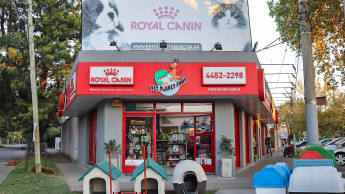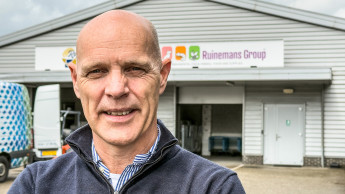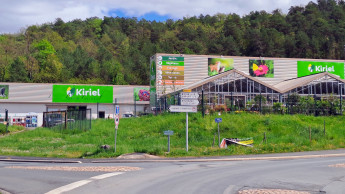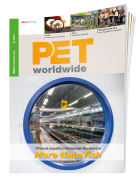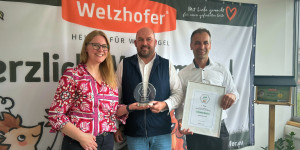The retail trade in pet products in Europe is undergoing a fundamental change, thanks to the involvement of garden centre chains. Pets were a success right from the start in garden centres, no matter whether these were located in France, Italy, Germany or even in Switzerland. Now the market share is growing continuously – and if the standard of pet departments and their staff left a lot to be desired in the early years, it is steadily improving. Some garden centre operators have even opted for "buying in" a local pet product dealer, who gives up his independence and continues to ply his speciality trade under the auspices of the garden centre. This often provides him with a retail area and opportunities for presentation that he could never have had in his pet shop due to lack of space.
The Swiss garden centre chain Schilliger is setting standards in terms of presentation and sales quality.
Probably the most important factor in the success of pet departments in garden centres, however, is the uniformity of the typical customer structure: women are the ones who decide on a visit to a garden centre and on what to buy, and this picture is the same all over Europe. Women are also the ones who look after pets and care for children, who in turn often keep small animals and birds as pets or have small aquariums. They’re thankful if they can combine a wander round the garden centre, perhaps to look for a new plant for the lounge or to purchase other accessory items, with an opportunity to stock up on food and accessories for pets too.
The 20-metre long aquarium wall at Delbard in France contains marine and freshwater fish for sale.
The impulse buying argument is also very important. Most garden centres site their pet department at the far end of the garden centre, in an area where the stream of customers passing through slows down somewhat. This is important for the animals to prevent them from becoming stressed, but equally so for the customers, for the pet department thus creates an oasis of calm in the garden centre that gives visitors time to stop and have a look around. Kids get a chance to stroke the animals and dads can investigate equipment for aquariums and garden ponds. The potential in terms of new customers is thus considerably higher in pet departments in garden centres than in conventional pet stores.
Pets Family in Holland tested its first garden centre complete with pet department in Ochten and now intends to open further stores.
There are many successful models of combined garden centres and pet product outlets. The major DIY chains, above all Obi, Hornbach and Mr. Bricolage, are trying to standardize their pet departments to make the logistics, shopfitting and outlay on staff more manageable. By contrast, the smaller chains for the most part are producing individual solutions of a quality that is by no means inferior to what the speciality trade has to offer. The French retail chain Delbard, for example, has opened a 7 000 m² garden centre close to Paris with a pet product department that alone occupies 800 m². The level of products on offer is very high and includes a wall of aquariums € xtending 20 metres, with a wide range of marine and freshwater fish on sale. The same goes for the Swiss garden centre chain Schilliger, which is setting standards in terms of presentation quality and professional competence. Its latest garden centre is in Matran, a few kilometres south of Fribourg in Western Switzerland. The pet product department, originally covering 300 m² when the store opened, was virtually doubled in size just a few months later. Both the customer response and the sales figures have far € xceeded the € xpectations of the proprietors. But there’s another way of doing it too. If a garden centre operator isn’t keen to set up his own pet department, for € xample due to a lack of qualified staff or not wanting to put the € ffort in himself, he can always bring in an independent pet product dealer. This type of cooperative model is already in operation in many places, such as the Späth garden centre in Villingen-Schwenningen in Southern Germany. Here € xperienced pet dealer Oliver Reinhard of Balingen was given the opportunity to set up a new pet store in a retail area of 500 m² in the € ntrance to the garden centre. The concept works well and both businesses derive a positive benefit from one another.
The general development of garden centres with pet product departments should be regarded as a very positive step across € urope. The countries of € astern € urope have yet to € xperience this development, although the retail situation has already seen a shake-up since Praktiker, for € xample, and Mr. Bricolage opened their first stores. There’s a lot still to come.
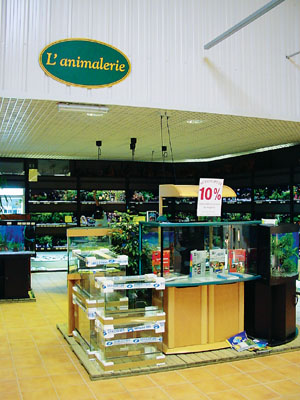
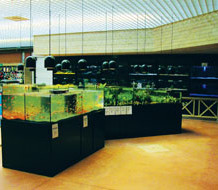
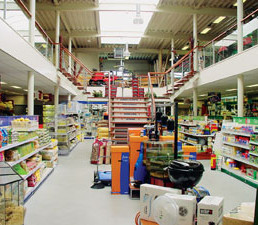

 Menü
Menü

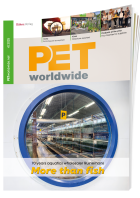



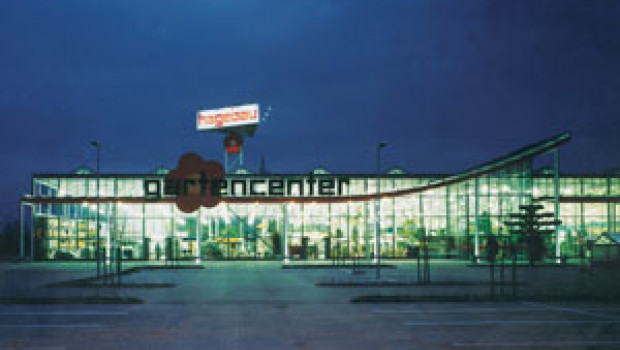
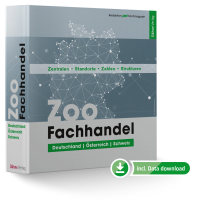
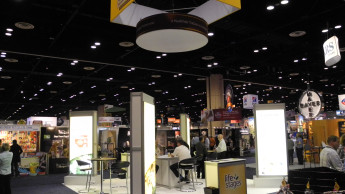
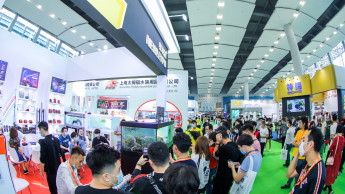


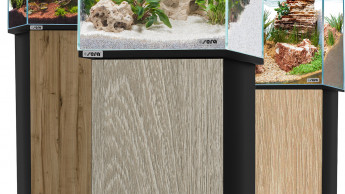
 Print - digital - online
Print - digital - online